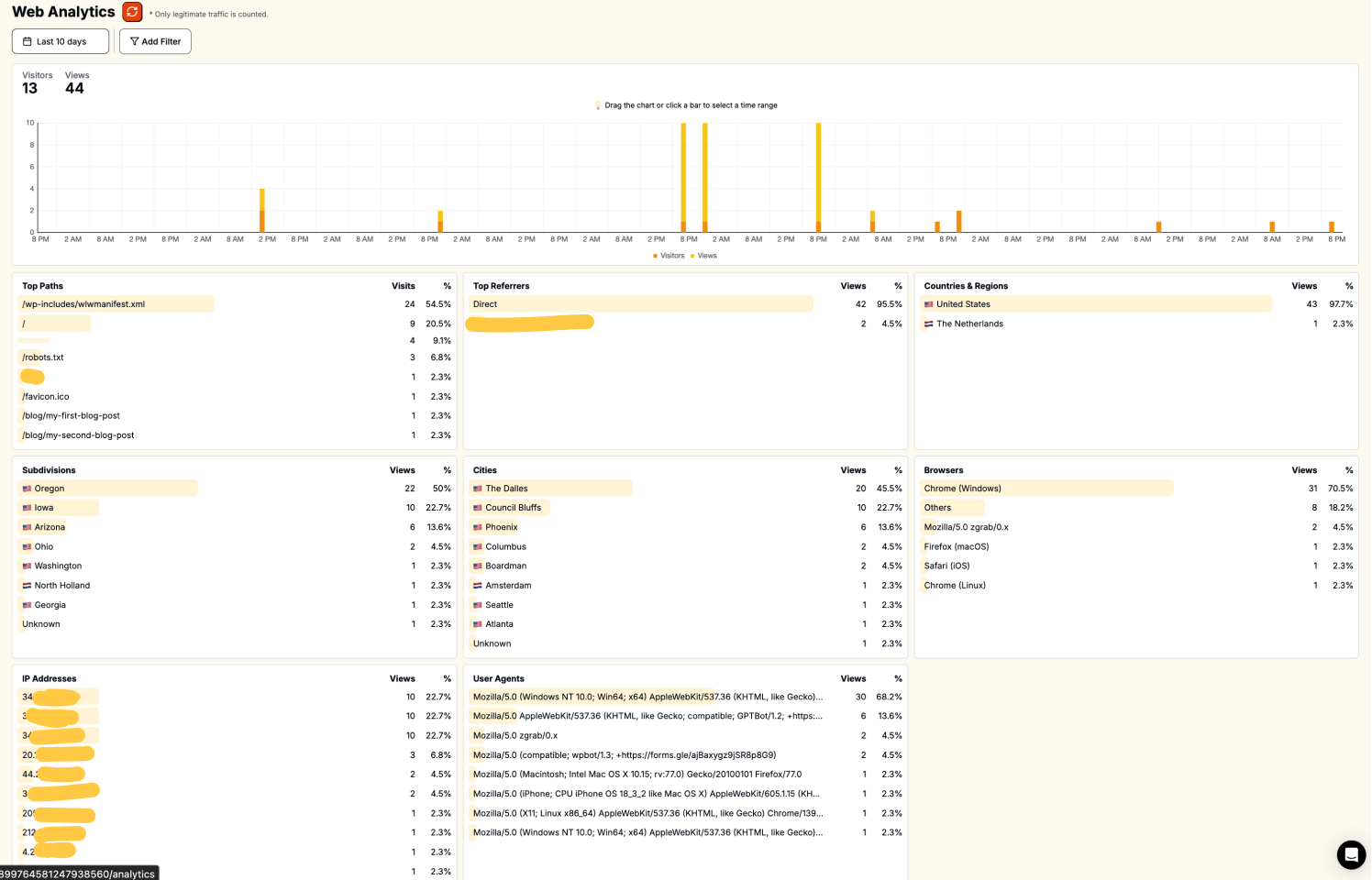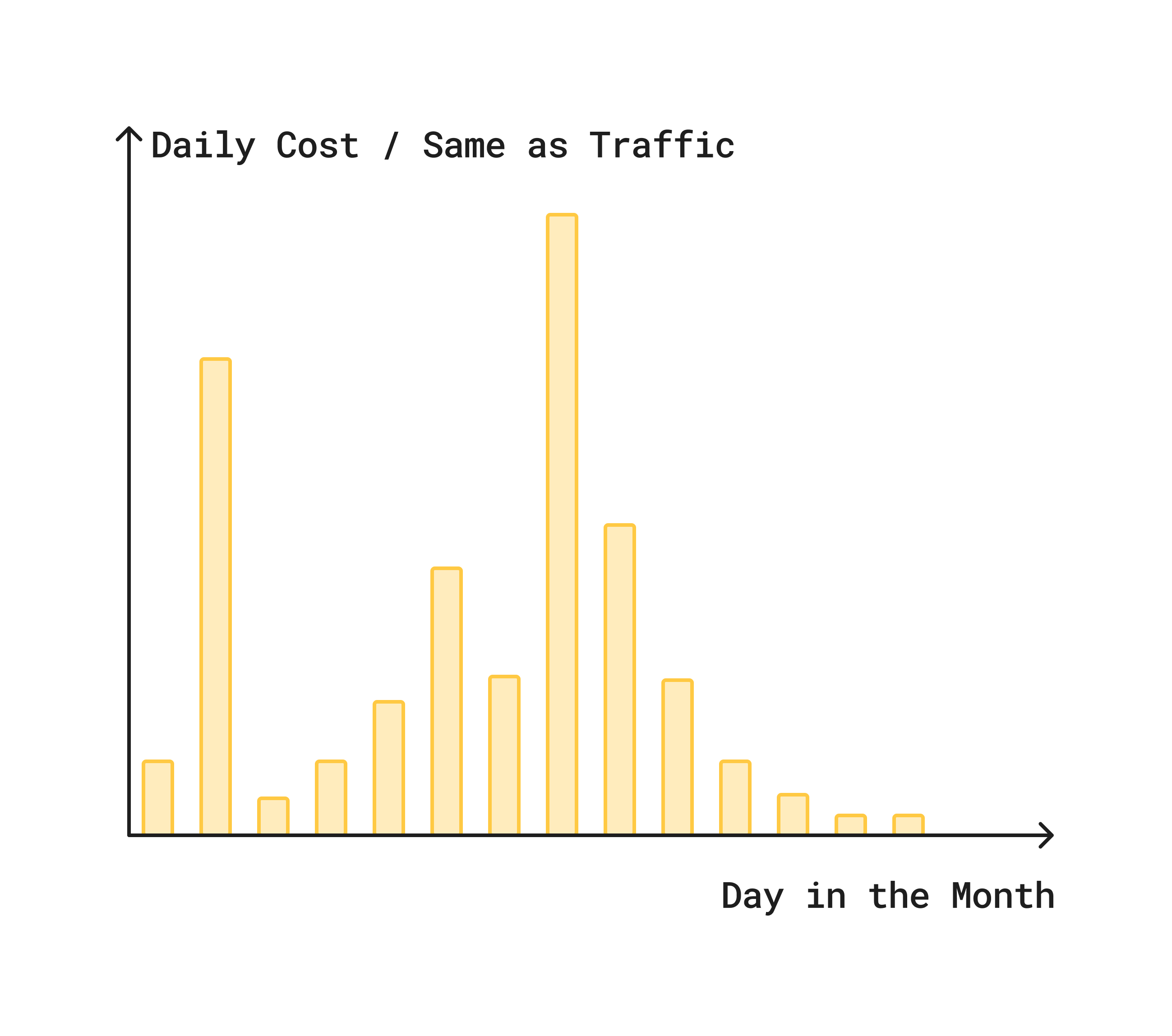Why Leapcell
Ian Chaces
Co-Founder

TL;DR
Key Takeaways
🚀 We believe every line of code holds immense potential.
✨ Leapcell is dedicated to giving you the most affordable (20 free projects + free PostgreSQL) and fastest way to launch, helping you unlock the full possibilities of your code.
🌐 Whether you’re in the early stages of a startup or scaling rapidly, Leapcell empowers you with cost-effective scalability and collaboration every step of the way.
Why Leapcell
Code Shouldn’t Be Buried
We’ve all felt that regret:
- A forum built for friends
- A landing page for a student club
- A blog for a small team
- Or even your own side project
Too often, these projects are abandoned due to high deployment costs and maintenance burdens, left as dormant code on GitHub.
But what if they went live? Could they make even a small difference in the world?
👉 Leapcell’s mission is to bring these ideas to life.

From 0 to 1: Launch 20 Projects for Free
With Leapcell, you can:
- Deploy 20 projects for free
- Get a free PostgreSQL database
Think back—Instagram, Pinterest, Airbnb all began with:
- A framework (Ruby on Rails or Django)
- A database (PostgreSQL)
Now, with Leapcell, you not only start with the same foundation, but you can launch multiple projects at once - whether it’s “Instagram + Pinterest + Airbnb,” or your very own fresh ideas.
Deploy them. Explore infinite possibilities.

On top of that, Leapcell provides:
- Advanced BI tools
- Automated traffic analytics emails
So you can track user growth and refine strategies in real time.

20 Free Projects? How Is That Possible?
Leapcell is built on a Serverless architecture, where billing is tied directly to real traffic:
- No charges during idle time → feel free to try more projects
- Cold-start optimized → even at <3% traffic, startup stays under 250ms
- Rapid scaling → instantly expand to 1,000 machines without worrying about load
This means you can bring your ideas online at virtually zero cost.

What If Traffic Grows? Will I Get a Surprise Bill?
No worries.
When your business hits high-load stages, Leapcell offers not only Serverless, but also Persistent Server (dedicated mode):
- Lower per-time-unit cost
- Fixed, transparent monthly pricing → no surprise bills
- Freedom to switch between Serverless and Persistent Server
That way, you enjoy flexible, low-cost operations early on, and predictable, stable costs as you grow.

Everything You Need to Grow with Leapcell
Development & Deployment
- PostgreSQL: from free to high-performance instances, with external connection pooling
- Redis: Serverless version, perfect for most KV scenarios
- Async Task: built-in async task execution, great for crawlers, Playwright/Puppeteer automation, RL tasks, etc.
- Multi-language support: Python, Go, Node.js, Rust, and more
- Frontend framework enhancements: native support for Next.js, Nuxt.js, Svelte, Astro, with static assets auto-distributed via global CDN
- Path-based Routing: like Nginx, route different services under the same domain by path
- Multi-region support: currently US and APAC, more regions coming soon
Operations & Security
- GitOps & CI/CD: seamless GitHub integration, auto-deploy on push, live in minutes
- Custom Domain & Auto SSL: automatic SSL management and renewals (thanks to Let’s Encrypt)
- DDoS Mitigation & WAF: built-in firewall for automatic protection against malicious traffic
- Logs: centralized log platform for efficient analysis and debugging
- Metrics: rich monitoring to precisely identify and optimize issues
Collaboration & Teamwork
Leapcell also encourages collaboration with your team or friends,
making every iteration faster, smoother, and more fun.
Conclusion
Leapcell’s vision: make every line of code go live easily, and scale with your growth.
From free projects to large-scale apps, from flexible Serverless to stable Persistent Servers,
Leapcell gives developers everything they truly need.
✨ Less ops burden, more freedom to create.
That’s Leapcell.
🚀 Let’s Ship All the Ideas Online!
Image Credits
Photos by Nano Banana and Hristina Šatalova on Unsplash.


